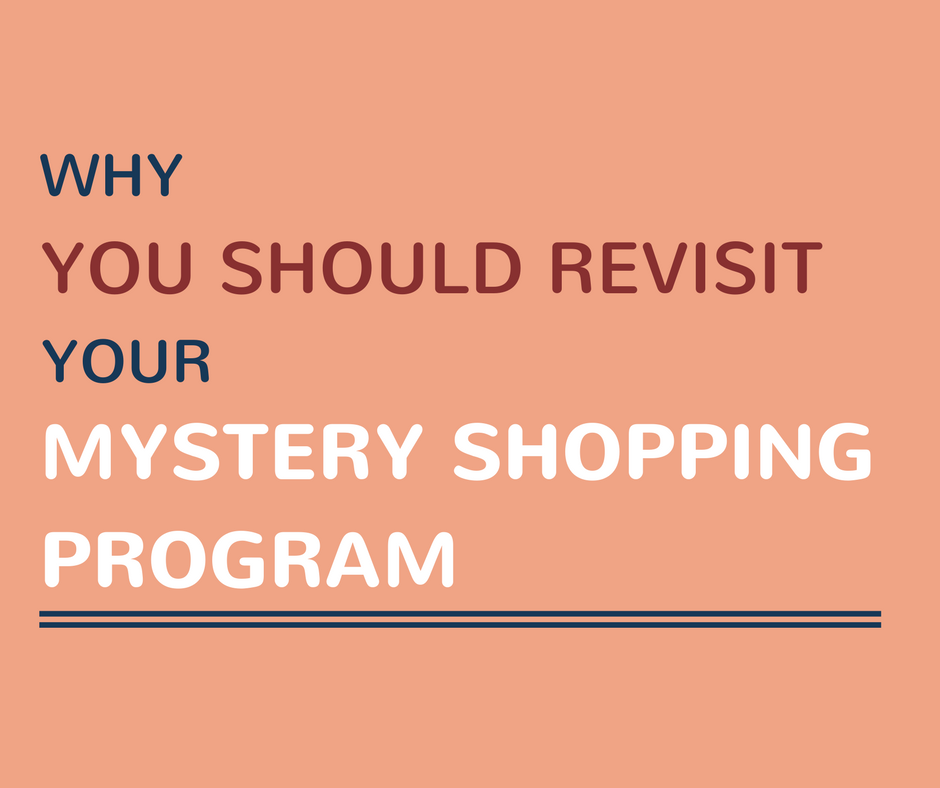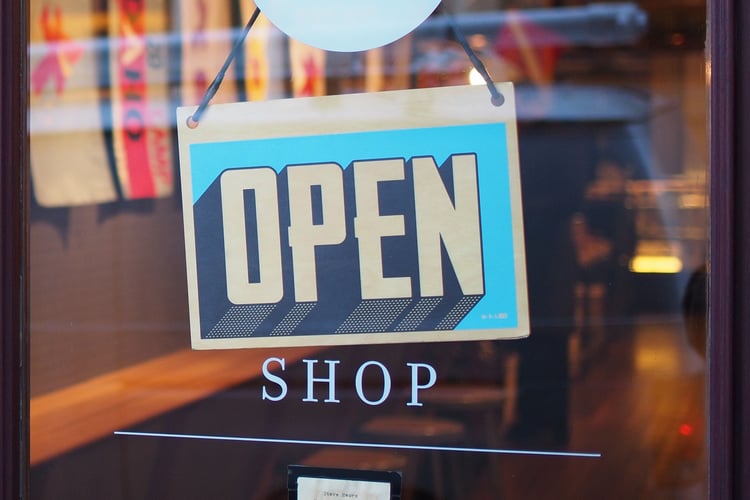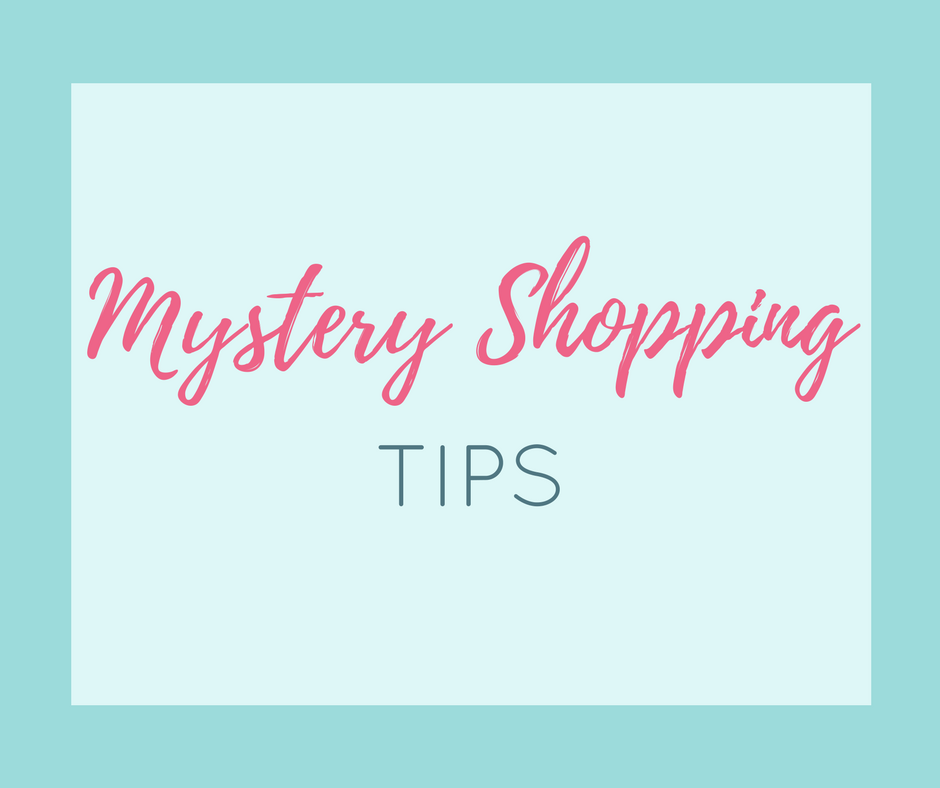Mystery Shopping Tips
Mystery shopping is a great way to measure your customer experience and learn how well your locations are following brand standards. A lot of thought...

When running a mystery shopping program at your business, sometimes it can feel like all it requires is simply putting a program in place, and then watching the results flow in. While it’s true that implementing a program is a big first step, it doesn’t stop there. What updates and optimizations you make after your program is already in progress can have a large impact on the value of the results you collect.

Coming up with the standards you want measured and how you want to scale responses is an important part of creating your mystery shopping program. However, once those areas of measurement have been defined, that doesn’t mean they can’t be revisited at a later date. In fact, it’s encouraged to re-evaluate your program routinely to ensure that you’re garnering the most valuable and relevant feedback.
Scoring
If you’ve been running your program for a few months and certain questions at the same locations are consistently receiving high scores, it might be time to re-evaluate what you’ve been measuring. While high scores should still be rewarded, once you start receiving the same high scores in the same areas - it’s time to move onto measuring something else, so you can drive improvements in another area.
Example: If you started your program by evaluating menu knowledge at your restaurant, and your scores gradually improved - that’s excellent! This means that your shop results gave you insight into your standards that enabled you to enforce proper training and drive improvements. It’s only after your scores remain the same for a lengthy period of time, that it means you should start measuring something else.
Shopper Recognition
After running your mystery shopping program for a while, it’s possible that the same shoppers in a specific location might start to leave an impression on your staff. If front of house staff or management start mentioning they’re noticing shoppers at their locations, then the results you’re collecting are no longer an accurate representation of a typical customer experience.
It might seem great that employees are on their best behaviour when shoppers are around, but unfortunately that’s not a typical, consistent view into your operations. If this happens to you, talk to your client manager and they’ll be able to get different shoppers for your stores - in order to gather authentic results.
Example: If you have the same middle-aged man coming into one of your stores and always asking similar questions, he might unknowingly be giving himself away as a mystery shopper.
Relevance
You’d be surprised how much can change from the time a mystery shopping program is created to after you’re a few months in. It’s important to always revisit your requirements so that your results are as accurate as possible. Keeping your requirements current accounts for changes to your target market or changes that take place at one of your locations, such as:
Example: If one of your stores only carried women’s clothing, then a likely requirement might be that all shoppers have to be women between the ages of twenty and sixty. But, if your store expands and starts carrying men’s clothing, then that would no longer be a necessary or accurate requirement of shoppers.
Conclusion
It’s important to stay relevant and regularly monitor the details of your mystery shops. What might seem like nothing could in fact be misleading your results and impacting the data you’re collecting.

Mystery shopping is a great way to measure your customer experience and learn how well your locations are following brand standards. A lot of thought...
![Guide: What Should Your Mystery Shopping Scores Be? [Infographic]](https://www.intouchinsight.com/hubfs/What%20should%20your%20mystery%20shopping%20scores%20be-2.png)
If you have just begun mystery shopping your stores, it’s important to set an initial target for the level of compliance you hope to achieve at each...

When someone starts a sentence with “If money was no object,” you know what follows will be a grandiose and idealistic proposition. But the cost...